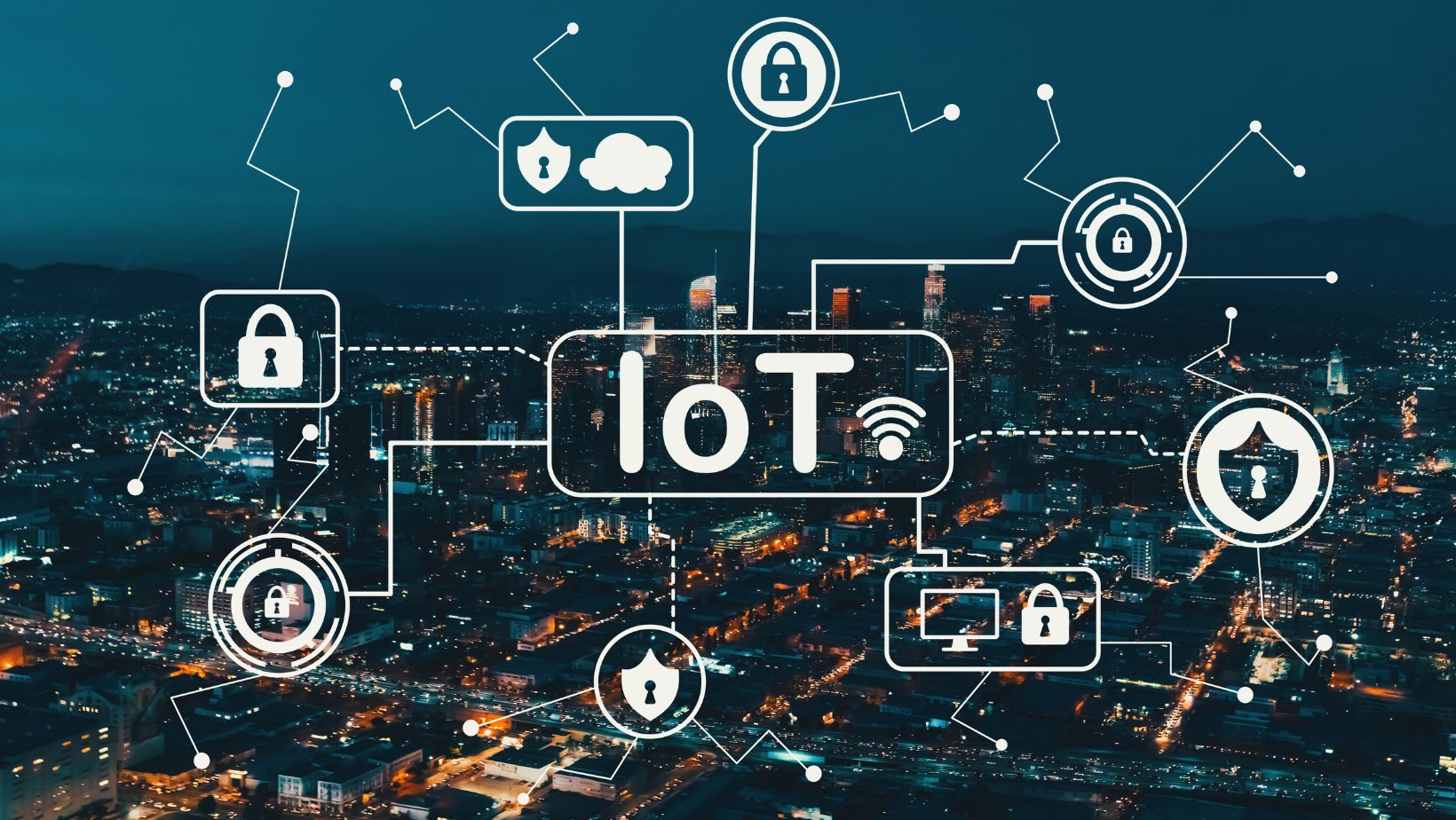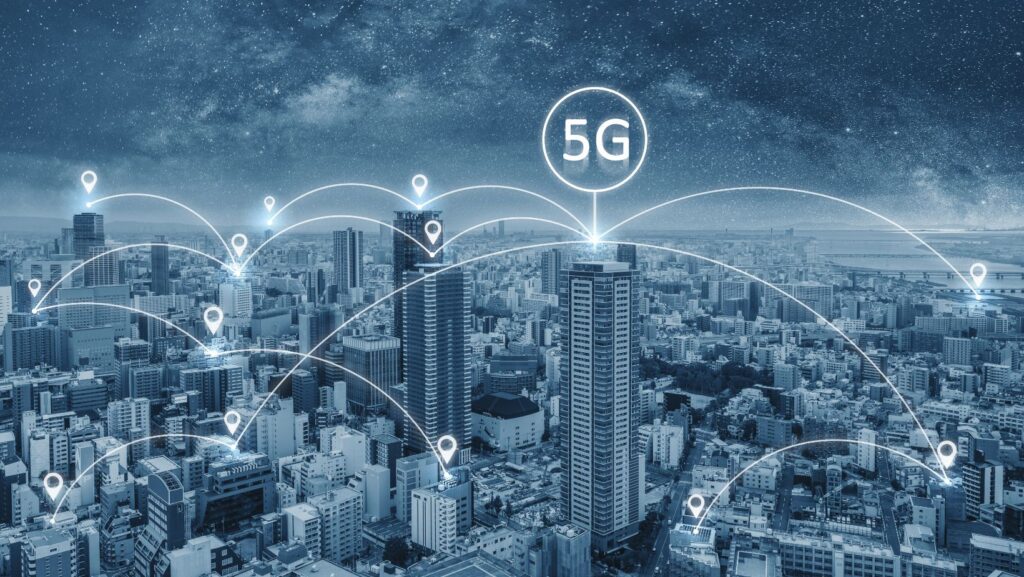As we progress further into the digital age, the fabric of network infrastructure is undergoing a dramatic transformation driven by groundbreaking innovations. These developments are not merely enhancing existing capabilities but are redefining what networks can do.
In this exploration, we’ll introduce you to the latest technologies shaping the future of network infrastructure, gearing you up for a world where connectivity reaches unprecedented heights.
Harnessing Artificial Intelligence for Adaptive Network Management
Artificial Intelligence (AI) is revolutionizing network management by introducing smarter, proactive systems capable of predicting and adjusting to network demands in real-time. AI boosts network utilization by continuously analyzing traffic patterns and automatically optimizing data routing and bandwidth allocation.
This capability ensures high efficiency and minimal latency, even during peak usage.
Imagine a network that detects potential issues and autonomously implements solutions without human intervention, significantly reducing downtime and maintaining consistent service quality. AI-driven networks can also identify security threats as they emerge, deploying countermeasures instantly to protect data integrity across the network.
Expanding Capabilities with the Internet of Things (IoT)
The Internet of Things (IoT) is expanding the scope of network infrastructure by connecting billions of devices, each adding data streams that enhance decision-making and operational efficiency.

In smart cities, IoT devices monitor everything from traffic and weather conditions to public safety, providing the data needed to optimize city management and resource allocation.
IoT integration facilitates real-time monitoring of systems and processes in the business sphere, enhancing productivity and responsiveness. For example, IoT sensors can predict equipment failures in manufacturing before they occur, scheduling maintenance that prevents costly downtime.
The challenge for future network infrastructure is not just handling this massive influx of data but maintaining speed and reliability.
Using 5G for High-Speed, Low-Latency Connectivity
The deployment of 5G technology is a game changer for network infrastructure, offering speeds that far surpass current capabilities and dramatically reducing latency. This leap forward is crucial for developing technologies that rely on real-time data transmission, such as autonomous vehicles and advanced remote medical procedures.
5G also supports a significantly higher density of connected devices per square kilometer, making it essential for urban environments where device proliferation is most concentrated.
As 5G rolls out, it will enable a new level of mobile broadband services, with users enjoying seamless streaming and ultra-fast downloads, thereby setting new standards for consumer expectations and experiences.
Fortifying Networks with Enhanced Cybersecurity Protocols
As networks become more sophisticated and handle more sensitive data, the potential for cybersecurity threats multiplies. Future network infrastructure must incorporate advanced security protocols to shield against external attacks and internal vulnerabilities.

This includes sophisticated encryption methods, real-time threat detection software, and automatic security updates that adapt to new threats as they arise.
Additionally, securing future networks involves educating users and administrators about potential risks and the best mitigation practices.
Regular training and updates on security protocols are essential to ensure that all users understand how to protect the network and its critical data.
Conclusion: Mapping the Path to Advanced Connectivity
The future of network infrastructure is bright, with innovations promising to enhance network capacity and efficiency and revolutionize connectivity and security. By integrating AI, embracing IoT, deploying 5G, and strengthening cybersecurity measures, you are preparing your network to meet the demands of the future head-on.
These advancements will enable more robust, efficient, and secure networks. As these technologies continue to evolve and intersect, they will create opportunities for new services and applications that we can only begin to imagine.
Ultimately, you’ll need to prepare for these changes, which means adopting new technologies and continually assessing and upgrading your existing infrastructure to ensure it remains compatible with next-generation innovations.
Thus, staying ahead requires a proactive approach to network planning and implementation. These challenges are opportunities to transform your network into a dynamic, future-ready asset that drives growth and innovation.

